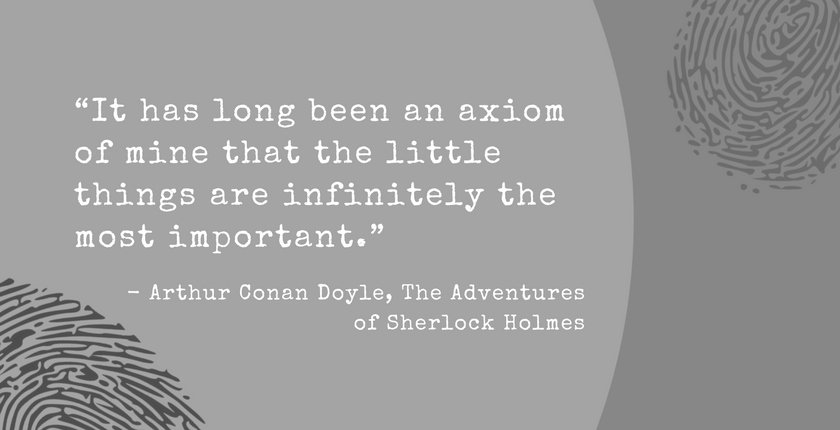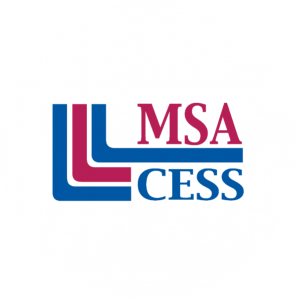[vc_row][vc_column][vc_column_text]By Carol Caraccia, Off-Campus Program Advisor
Who doesn’t love a good mystery? With the popularity of television crime shows today, forensic science can be a fun and different twist on traditional science subjects for students of all ages. It challenges creative reasoning and problem-solving skills, and it provides a more hands-on approach to learning through lab experiments.
The following books, kits, and courses provide detailed crime scene investigation activities that include case descriptions and tools to help students solve mysteries by identifying fingerprints, analyzing blood stains, and much more.
Younger Sleuths (Grades 3–5)
- Detective Science: 40 Crime-Solving, Case-Breaking, Crook-Catching Activities for Kids by Jim Wiese
- Science X: CSI Crime Scene Investigation Activity Kit from Ravensburger
- Master Detective Toolkit from Thames & Kosmos
- CSI Expert!: Forensic Science for Kids by Karen Schultz
- CSI Forensic Facial Reconstruction Kit from Planet Toys—Includes a skull and supplies for sculpting the face of a “crime victim.”
Junior Detectives (Grades 6– 8)
- Forensic Investigations: Using Science to Solve Crimes by Schyrlet Cameron and Janie Doss—This book presents mystery and crime scenarios that require deductive reasoning skills to solve.
- Mystery Festival and Crime Lab Chemistry: Solving Mysteries with Chromatography by Kevin Beals—These LHS Gems Teacher’s Guides include hands-on group activities that introduce students to crime-lab procedures like thread tests, powder tests, DNA comparison, chromatography, and fingerprinting (see also Fingerprinting by Jeremy Ahouse). Designed mainly for middle school students, the activities in these guides can also provide a good hands-on introduction to forensic science for high school students.
- Crime Scene Investigations: Real Life Science Labs for Grades 6–12 by Pam Walker and Elaine Wood
Seasoned Investigators (Grade 9–12)
- Forensic Science Kit: The Missy Hammond Case from Crime Scene
- Top Shelf Science: Forensics by Walch Education—This high school-level textbook includes labs.
- Forensics Illustrated—High school teacher Brennon Sapp provides a free online forensics curriculum that includes labs, worksheets, tests, photos, and other resources.
- The Illustrated Guide to Forensics: True Crime Scene Investigations by Zakaria Erzinclioglu
- Criminalistics: An Introduction to Forensic Science by Richard Saferstein
- Introduction to Forensic Science from Coursera (a provider of free online college-level courses from top universities)
What ideas or questions do you have about incorporating forensic science into your student’s learning? Share them with us below.[/vc_column_text][/vc_column][/vc_row]








One Response
Cinema, painting and sculpture, crime novels themselves are simple everyday resources to be commented in a course for interpretation of texts and of life organization, life values and dangers but that implies a lot of direction in ethics and has to be matured and cautiously expressed in a multiracial, diverse social atmosphere, where this task is fully interesting otherwise we’ll reproducing our own privileged values for privilege to be confirmed.
Furthermore every task demands high skills for a teacher to make it valuable and not only mere lost of chaotic time for undisciplined children to simply express elementary points of views they did not take the effort to develop for being spoiled.